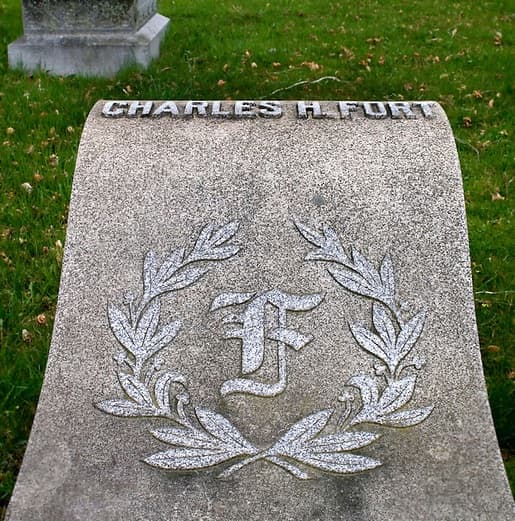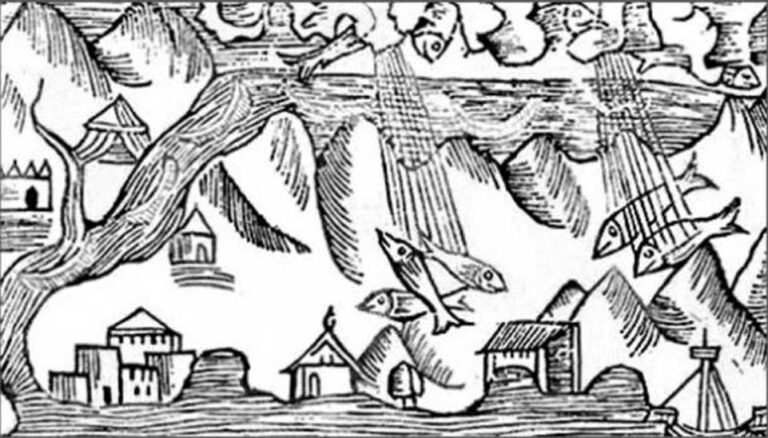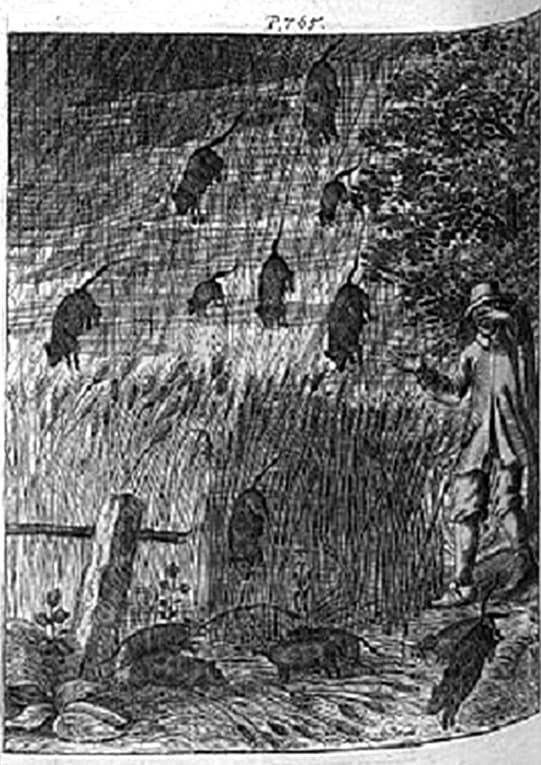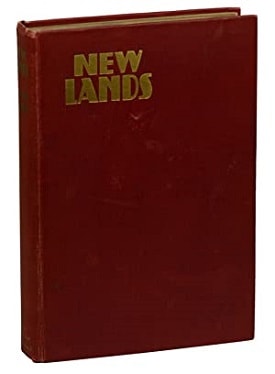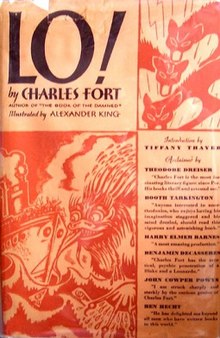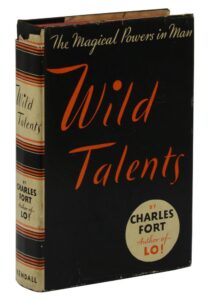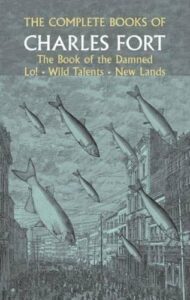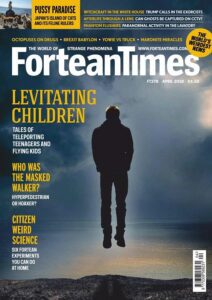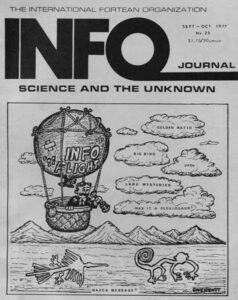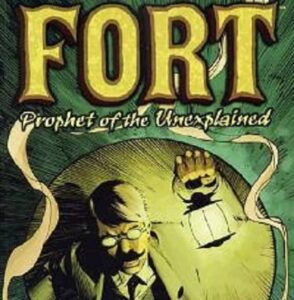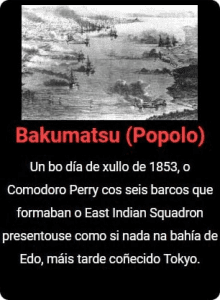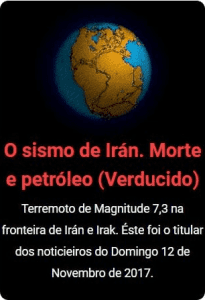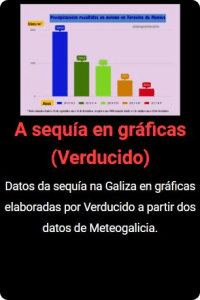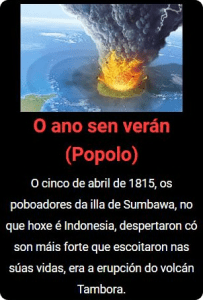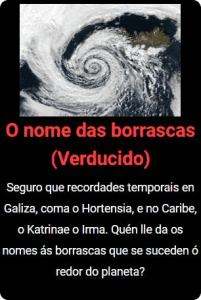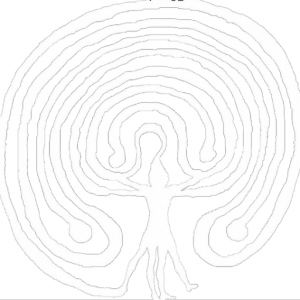
monografías
eltiempoentuojete
Charles Fort, redeemer of the damned
Charles Fort was a controversial writer in the early 20th century. He sowed discord among the great enlightened minds of his time. The book of the damned is its contribution to an incipient culture that doubts the canons implanted by established science.
Índice
The life of Charles Fort
Charles Hay Fort was born on August 6, 1874 in Albany, New York. His parents ran a grocery store where he worked as a child. He commented that his father’s strictness, close to mistreatment, forged a personality that was insubordinate to the rules established.
He was one of those children who nailed butterflies and other insects to collection panels. He also enjoyed dissecting and preserving animals, a hobby he would later combine with journalism. What they called at that time a ” naturalist “.
At the age of 18 he joined a ship on a world tour, as he says, “to put some capital into the bank of experience”. He fell ill in southern Africa and on his return in 1896 he married the girl who was assisting him, Anna Filing.
Bookworm
It was at this time that he began to visit the New York Public Library daily to collect articles that threatened scientific convention.
Later they moved to London, where he continued his work collecting “doomed data” in the British Museum. He also embarked on a career as a novelist, albeit with limited success.
Out of approximately 10 novels, only one was published, The Outcast Manufacturers, 1909, a commercial failure with benevolent reviews. This failure was not taken well and he burned several of his manuscripts, some with science-fiction overtones.
But in 1916 one of his uncles died and he received a share of the inheritance. The following year his brother died, which increased the inheritance and put him in an economic situation that allowed him to leave his work as a reporter and dedicate himself to writing about what interested him, the unexplained events.
Most of the books he wrote got good reviews in general, with reissues being made even during Fort’s lifetime.
In the final stretch of his life he came across leukemia, which weakened his health and caused him to lose his sight.
But Charles Fort did not have much confidence in doctors (as in most scientists) and avoided the support of medicine. He focused on finishing what would be his last work, Wild Talents. His editor presented the copies to him at the Bronx hospital where he had been admitted on the morning of May 3rd 1932. A few hours later, Charles Fort died.
He was buried on the family property in Albany Cemetery, New York.
The Book of the Damned
As a result of hours spent in libraries collecting anomalous situations, it saw the light in 1919, The Book of the Damned.
The Book of the Damned is a compilation of facts to which science was not competent to give a plausible explanation. For science, it takes into account only what can be demonstrated. Therefore, all those unexplained facts are discarded to oblivion once and for all.
Charles Fort spent many of the years of his life collecting news of incomprehensible facts from newspapers around the world. Much of this news was of a meteorological nature, which led Fort to be the whip for many climate researchers based on pre-established ideas.
In the pages of The Book of the Damned, Fort ” saves from oblivion ” those data collected over the years on cards that he sorted into shoe boxes.
A grotesque parade
The Book of the Damned raised blisters among the meteorologists. Fort, in his book, reports a multitude of abnormal rains because of its contents.
From well-known animals such as frogs, toads and fish to larvae and worms, to lizards, snails and even mussels.
Rains and snowfalls of different colours, organic rains, such as meat, fat or lard. Rains of paper, silk or felt as well as a multitude of gelatinous materials, many of them with surprising chemical analyses.
It also reported falling meteors and objects from the sky, strange sunsets, moons of various colours or even misplaced eclipses. Perhaps for this reason, he also regularly punished astronomers, especially those of the old school, whom he described as astrologers (those who make horoscopes).
The sarcasm of Charles Fort
But The Book of the Damned is not just a collection of unexplained facts. In it, Charles Fort makes his own comments on the events and tries to dismantle the theses of many notables before his time, such as Tyndall or Darwin himself.
The book of the Damned received good reviews for the most part and the book was added to in successive editions, which speaks well of the popularity that Charles Fort achieved.
The success was not only due to a book that collected paranormal experiences, but also to the rhetoric full of irony and black mood. His eloquent comments on events ooze sarcasm towards the doctrinal arrogance of the uncompromisingly-minded scientists. And he does so by pointing to many of the scholars of the time with names and surnames, urging open-mindedness and a break from immobility.
The works of Charles Fort
The Book of the Damned was Fort’s greatest success, but it was not the only work he left us. In 1923 he published New Lands. In this new installment he extended the theory of parallel dimensions, the Super Sargasso Sea, and the interaction with our dimension.
Already in 1931, Lo! comes to light, which is divided between Teleportation, including what later would be called the Bermuda Triangle, and fantastic animal appearances. In the other part of the book he makes mincemeat of astronomers, even doubting Einstein’s Theory of Relativity.
And in 1932 he finished his production with Wild Talents, which was published after his death. He continues in the line of reporting strange phenomena and presents a theory about the psychic power of the human mind. He also delves into topics such as vampirism, ghosts and witchcraft, among others.
In all of them he tries to rescue those damned data found in newspapers and magazines all over the world. He also advances from the meteorological and astronomical subjects to the UFO phenomenon, poltergeist, spontaneous combustion… But always from the criticism to the established science. When everyone asked ” Why? “, Charles Fort answered ” Why not? “
Charles Fort. New philosophy
Monism was his philosophy, adapted from the ancient Greek thinkers.
Fort thought that all things were part of all things. Everything is the same thing formed by the same matter and then discriminated by chemical processes.
For Fort, the condemned data were the key to finding the truth. He preached that we must open our minds to integrate the impossible facts. This was what he called intermediarism.
Charles Fort was very influential in science fiction writers such as H. P. Lovecraft, who admitted to having a similar vision of the cosmos.
Many others adapted several of the “doomed facts”, creating works of fiction from cut-outs of reality. Some as well known as Poul Anderson or Arthur C. Clark.
In Spain, Fort’s fashion arrived at the hands of two great popularisers of the second half of the century. The film director Narciso Ibáñez Serrador, who made ” Mañana puede ser verdad ” in 1965, and the psychiatrist Fernando Jiménez del Oso, with the programme ” Más Allá ” in 1976, both on TVE.
References to his work can also be found in an infinite number of writings of all kinds. In most cases, they misinterpret the true meaning that Fort wanted to advocate.
A century after the "damned"
You have to take into account that this book is written in 1919, so many of the theories exposed by Charles Fort were already discarded by modern science. But what stands out is that several of them were validated some time later. Many others are still in force because science has not yet found an explanation for many of the facts presented by Fort.
Fort argued that there is a ” Super Sargasso Sea ” in the atmosphere or beyond, where animals and plants are ” teleported ” and this could justify rains of animals, meat, fat, etc.
He also defended the existence of a layer of ice that gravitates and from time to time releases large flat pieces of different thickness that fall on certain areas of the planet.
The " pardoned " of Charles Fort
But some of his theories were recovered by science as true. This is the case of the ball shaped ray, or globular ray, which even though recognized by science, still does not have a plausible explanation of its true nature.
Perhaps the best example of a “doomed” event that has been forgiven by science is that of the meteors. Charles Fort defended that the fall of stones to the earth had an extraterrestrial origin, against the scientific current of the time that pointed to an earthly origin. It was assumed that nothing physically solid existed beyond the atmosphere. And if it did not exist, it could not fall.
For Fort, other civilisations in the universe visited our planet regularly. The sighting of unidentified lights and objects in the sky justified many of their theories. Meteorites were the evidence for these visits.
The extraterrestrial origin of many of these meteors was later validated, proving Fort right. It was the germ of what we know today as ufology.
After Fort’s death, the scientific community recognized the so-called ” experimenter effect “. Fort pointed out that the same experiment could produce two different results and benefit each of the experimenters. The ” experimenter effect ” recognises the tendency of experiments to standardise preconceived ideas. Had it been for Fort, all experiments would have been open to doubt in their scientific method.
The heritage of Charles Fort
In 1931, a year before Charles Fort’s death, the Fortean Society was founded.
It was a serious and ironic project, like his own work, carried out by friends and followers and directed by the writer Tiffany Thayer.
Fort did not want to be associated with the society, claiming that he was not an authority in any field and that he would probably attract a large number of lunatics, spiritualists and opponents of science, groups considered to be against the Fortean spirit.
Other notable Fortean groups include the Fortean Times magazine, with its journalistic style of Charles Fort, that is, research, mistrust and irony.
The International Fortean Organization (INFO), formed in the 1960s and which for decades published the INFO Journal: Science and the Unknown. They are a network of researchers and writers working on scientifically controversial and silenced issues. They meet at conferences and events such as FortFest, FortNite or FortScape.
In 2000 Tundra Publishing released the comic book Necronauts ( Rennie- Irving ), where Fort, Conan Doyle, Lovecraft and Houdinni fight against Lindbergh and blow up zombies with machetes. It was the germ of Fort: Prophet of the Unexplained ( Lenkov- Irving ), presented in 2002 by Dark Horse Comic, where he investigates crimes with H. P. Lovecraft as a young assistant.
But you can also find on the internet and on newsstands a multitude of publications, blogs and digital newspapers aimed at an audience that is growing beyond what Charles Fort himself might expect.
The fortean legacy
But Charles Fort’s true legacy of value was that of doubting the bases established. To give nothing for being immovable, because everything is subject to interpretation and not to disdain events simply because no explanation can be found for the preconceived procedures.
This spirit is present in pseudosciences such as ufology (UFOs), cryptozoology (archaeology of mythological animals or traditional legends) and parapsychology (mental powers).
Charles Fort’s work was continued by several authors, including William R. Corliss, who already had a similar number of notes to Fort, nearly 100,000, before his death in 2011.
Links:
Charles Fort’s writings are in the public domain, so under this paragraph are links to three of the books found online. All of them are in English and it is really worthwhile both for the facts told and the prose displayed to discredit the theorists of his time. Enjoy reading!
Sources:



